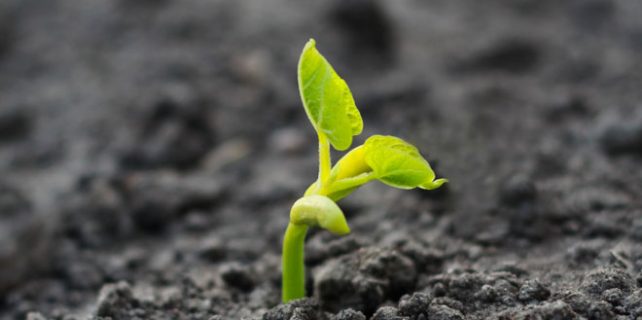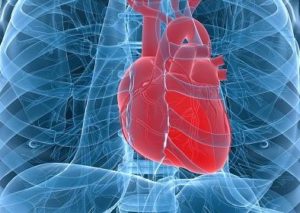
Life Processes Extra Questions
Life Processes is the 6th chapter of the Class 10th NCERT book. It has a lot of weightage in Class 10th CBSE Science exam. NCERT book questions and answers alone are not enough for the preparation of the Life Processes chapter. So, today we bring to you Life Processes Extra Questions keeping in mind the pattern of Class 10th CBSE Board.
Life Processes Extra Questions : Class 10th CBSE
Q.1. What are the different life processes in a human being?
Ans. 1. Different Life processes of human beings are Digestion, Respiration, Circulation, excretion. Every living organism shows all these basic life processes. Reproduction is also a process which can be observed in the human beings.
Must Check: Best Institute of Rohini, Delhi for Class 10th
Q.2. Explain the Digestion Process in Human beings.
Digestion is one of the most important functions of the human body. The process of digestion takes place in various phases or sequences. The process of digestion primarily starts in the mouth. When human eats food it enters the mouth where saliva gets mixed with it. Teeth breaks the food into smaller pieces. Saliva softens the food so that it becomes easy to digest. Salivary amylase gets mixed with the food. From mouth it enters the oesophagus or the food pipe. The oesophagus and its muscles pushes the food in downward direction towards the stomach.
Now food enters the stomach where different enzymes and juices are secreted. Stomach also contains HCl and the amount of HCl should be maintained. When excess of HCl is released it leads to acidity and indigestion. Liver is also an important organ which takes part in the process of digestion. Liver releases bile juice which gets mixed with the food to make it more easy to digest. Pancreas secretes various hormones which makes digestion process easy. Pancreas also secretes insulin hormone which convert carbohydrates into glucose to provide energy to the body. Then this half digested food is passed to the small intestine which is the site for synthesis of proteins and fats. The inner walls of the small intestine has small finger like projections villi, which increases the area of absorption for food. Large intestine absorbs the nutrients and waste from the undigested food. Then this undigested food is removed or excreted out from the body.
Q.3. Explain the Respiration process in human beings.
Respiration is also one of the life processes that takes place in a human being. In the process of respiration in human beings oxygen is inhaled and carbon dioxide is exhaled. Respiration process involves our nose, nostrils, nasal cavity, larynx, bronchi and the bronchioles which finally ends into the alveoli. Lungs play a very important role in the purification of air we inhale.
Q.4. How to plants remove their waste?
Plants remove their toxic waste with the help of the process of transpiration. They lose water in the form of vapours. It removes the excess water from its aerial parts like the leaves, stem and the flowers. The excess water is released into the atmosphere.
Q.5. Explain the functioning of a heart with the help of a labelled diagram.

Heart is the pumping organ of the body. It helps in the transportation of blood to various parts of the body. Both oxygen and carbondioxide rich blood has to be transported by the blood, the heart is divided among four chambers so as to prevent the mixing of the blood. The carbon dioxide rich blood has to reach the lungs for its purification, then this pure blood reaches back to the heart so that the pure blood can be transported to different parts of the body.
Lets us understand the whole process in brief. The left auricle receives the oxygenated blood from the lungs and it expands. When this blood is transferred to the left ventricle, it contracts and the left ventricle expands. From left ventricle the pure blood is transferred to all the body parts. Deoxygenated blood from the body enters the right upper chamber the right auricle which expands when it is receiving the blood. This blood is then slowly transferred to the right ventricle. The right ventricle expands and the right auricle contracts while it is releasing the blood. From here the blood is again transferred back to the lungs for its oxygenation.
Note: For labelled diagram of a heart, refer NCERT.
Q.6. How are water, food and minerals transported in plants?
Plants have xylem and phloem for the transfer of water and minerals. Xylem helps in the transportation of water and minerals and the phloem tissues help in the transportation of the food to various parts of the plant.
Q.7. Write 2 points of difference between Autotrophic nutrition and Heterotrophic nutrition.
Autotrophic Nutrition
- It is a type of nutrition in which the organisms prepare their own food and are not dependent on other organism.
- Ex. Green Plants prepare their own food with the help of Photosynthesis, in the presence of sunglight using water.
Heterotrophic Nutrition
1. It is a type of Nutrition in which organisms are dependent on other organisms for their food requirements. They can not prepare their own food.
2. For ex. Animals depend on other organisms or plants for their food. Carnivores animals eat other small animals while herbivores eat green plants
Q.8. What are the functions of the liver and the pancreas?
Liver is the largest gland in the human body. It plays a crucial role in the digestion of food in the body. It secretes bile juice, a digestive fluid which makes digestion and absorption easier. It stores vitamins and glycogen. Carbohydrates are stored in the form of this glycogen only which gets convereted into glucose when needed by the body.
Pancreas is also a gland which secretes digestive enzymes and important hormones. These enzymes fastens the process of digestion and helps in proper digestion of the food. Pancreas secretes 2 very important hormones namely, the Insulin hormone and the Glucagon.
Q.9. How is respiration different from the process of Respiration?
Breathing is basically a physical process in which you inhale oxygen and expel out carbon dioxide. The oxygen is used up the body for various functions. Respiration is a chemical reaction in which glucose gets broken down with the help of this oxygen and when this glucose gets broken down it generates energy which is used by the cells of the body. These group of cells then perform their respective functions.
Q.10. Define and explain the process of Photosynthesis.
Photosynthesis is a phenomenon by which green plants make their own food in the presence of sunlight using chlorophyll and water. Green plants are autotrophs, they do not depend on other organism for their food requirements.
6CO2 + 6H2O + Light energy ==> C6H12O6 + 6O2
So, these were the CBSE Class 10th Science’s chapter Life Processes Extra Questions. Hope you liked the post.We will post Class 10th Maths Extra questions very soon. Stay tuned with Careeradvice4u. Till then, keep learning…. 🙂
- DAV Class 7 Science Solutions With Explanations: All Chapters - February 6, 2022
- Pollution of Water Question Answers | DAV Class 8 Science - February 4, 2022
- Fabric from Fibre Solutions | DAV Class7 Science Chapter 14 - January 25, 2022

Sir please explain the process of kidney
Ok. I will add a section on kidney’s functioning too.